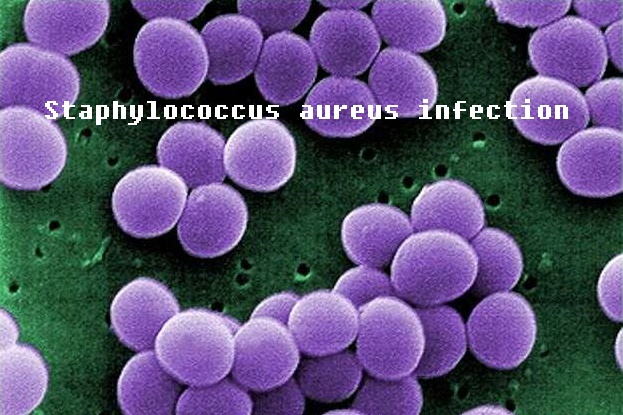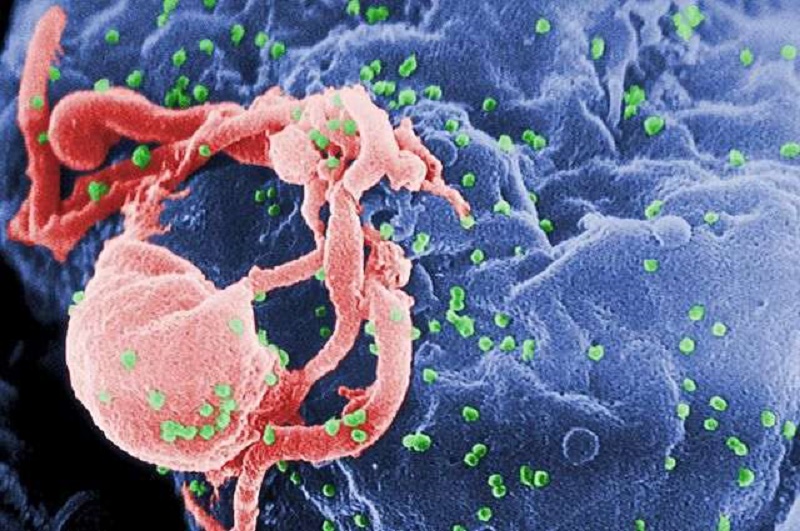Staphylococcus aureus or S. aureus was discovered in 1880 by a Scottish surgeon named Sir Alexander Ogston. About 25% of the human population carries S. aureus in their nose, mouth, anal and genital areas. S. aureus is the main cause of many ailments and diseases including pimples, boils, pneumonia and meningitis. Staphylococcus aureus infection and food poisoning are some of the most notable diseases S. aureus is responsible.
A strain of Staphylococcus aureus causes staphylococcal infections that develop when S. aureus bacteria gain access to the body through an open wound or ulcer, a catheter, or a breathing tube. Staphylococcus aureus infection can be mild. Such as a pimple, or severe, such as pneumonia or toxic shock syndrome. Infections of the skin cause the infected area of the skin to be red, swollen and painful to the touch. The symptoms of a more serious infection caused by Staphylococcus are a headache, chills, cough and skin rash.
Causes of Staphylococcus aureus infection
Staphylococcus aureus common causes are food poisoning. Under certain circumstances, when S. aureus bacteria invade food it multiplies and produces toxins. Foods that have contaminated with staphylococcal food poisoning may show no sign of being bad. They do not have a bad smell. Certain foods, such as meat, eggs, dairy products, and salads are more likely to develop staphylococcal food poisoning.
Food poisoning
The symptoms of food poisoning come in fast and strong, usually in a few hours. Some of the symptoms include nausea and vomiting, abdominal cramps, headache, and fatigue. The severity of symptoms depends on the amount of contaminated food consumed, a person’s age and general health. Symptoms usually clear up in two or three days.
Resistant to methicillin Staphylococcus aureus (MRSA) is a strain of Staphylococcus aureus. It is highly resistant to some antibiotics. While other forms of S. aureus are treating with antibiotics such as methicillin, penicillin, and amoxicillin. MRSA does not respond well to these antibiotics. Instead, MRSA treated by wound drainage and the prescription of antibiotics that are effective against MRSA. In some cases, a combination of antibiotics can work together effectively to fight MRSA.
Defense
The best defense against Staphylococcus aureus includes frequent hand washing with warm water and soap. Especially after going to the bathroom or being in a public place. Sharing personal items such as a toothbrush, eating utensils, drinking the glass or towels should be avoided. Clothing, bedding, and towels should be washed regularly. A cut or sore that appears infected should be examined by a health professional.
What is methicillin-resistant Staphylococcus aureus?
Methicillin-resistant Staphylococcus aureus(MRSA) refers to a series of strains of bacteria resistant to treatment with many antibiotics. Over time, these strains developed from common staphylococcal bacteria that most people come into contact with regularly. Mainly due to overuse of antibiotics.
How does it work?
Most people have Staphylococcus on their skin and in places like their nasal cavities at all times and it is usually not a problem. When regular staphylococcus rises to the level at which it creates an infection. It can be treated simply with numerous antibiotics. But strains that are resistant to methicillin have become accustomed to many forms of antibiotics and can easily fight off.
The places where methicillin-resistant Staphylococcus aureus tends to appear the most are in the hospital or convalescent centers. Hospitals, by nature, are more likely to have higher levels of bacteria, and people who are sick or have some type of catheters, intravenous, surgical wounds, and so on are more likely to experience MRSA colonization of an area. Infection of the wound is of particular concern because people with surgical wounds are recovering and have less resistance to fight the bacteria. Worse, it is if MRSA invades the lungs, creating very problematic cases of pneumonia.
Antibiotics
There are antibiotics that fight infection with methicillin-resistant Staphylococcus aureus. If a hospitalized patient has an infection, it is usually tested for MRSA. So that, appropriate antibiotic treatment need. For small wounds. An ointment that contains certain antibiotics may work. For larger areas of infection or pneumonia, either oral or infused antibiotic may be necessary.
There is a concern that, since strains of MRSA have developed to fight many of the antibiotics. Over time they can evolve to fight against most or all of them. Then it would be difficult to know how to proceed in the treatment of this condition. On the other hand, some of the antibiotics that are currently used have a much higher burden of side effects.
People can also get Methicillin-resistant Staphylococcus aureus infection in their community. There is concern about rising levels of local infections that take place outside of hospitals. Any wound that appears infected grounds to receive medical attention. Signs of infection may include pus, a feeling of warmth, a wound that does not heal, red streaks coming out of the wound, fever, and other flu-like symptoms. Such as swollen glands, fatigue, or achiness.
Be careful
Suspicions resistant to methicillin Staphylococcus aureus should be exceptionally careful. MRSA spread by contact with other people. The suspicious wound should cover completely to avoid contamination of others. It is important to wash your hands thoroughly with soap and hot water. To finish with an alcohol sink to prevent the spread of this infection. Since MRSA can get worse quickly, medical care for infected wounds should be sought immediately.
How to prevent Staphylococcus aureus infection?

These common-sense precautions can help reduce the risk of developing Staphylococcus aureus infection:
Wash your hands. Careful washing of the hands is the best defense against germs. Wash your hands vigorously for at least 15 to 30 seconds, then dry with a disposable towel and use another towel to turn off the tap. If the hands are not visibly dirty, you can use a hand sanitizer that contains at least 62 percent alcohol.
Keep wounds covered. Keep cuts and scrapes clean and covered with dry, sterile dressings until they cured. Pus from infected sores often contains Staphylococcus bacteria, and cover maintenance wounds will help prevent the bacteria from spreading.
Reduce the risks of tampons. You can reduce your chances of getting toxic shock syndrome by changing your tampon frequently, at least every four to eight hours. Use the lowest absorption buffer you can and try to alternate the use of tampons and sanitary napkins whenever possible.
Keep personal items as personal. Avoid sharing personal items such as towels, sheets, razors, clothing and sports equipment. Staphylococcus aureus infection can spread to objects, as well as from person to person. If you have a cut or sore, wash your towels and bedding with detergent and hot water with bleach, and dry them in a hot dryer.
You may also like Oust That Acne Anguish





